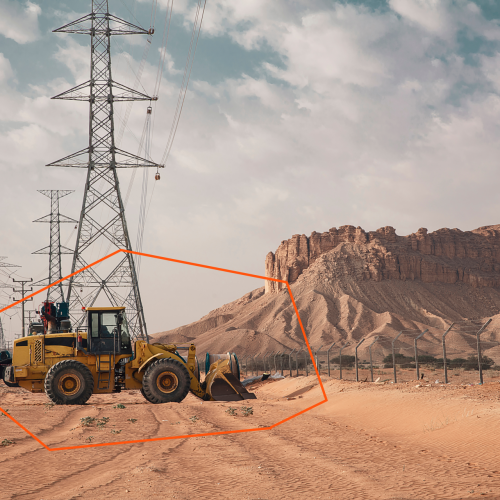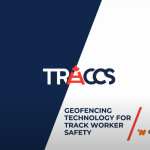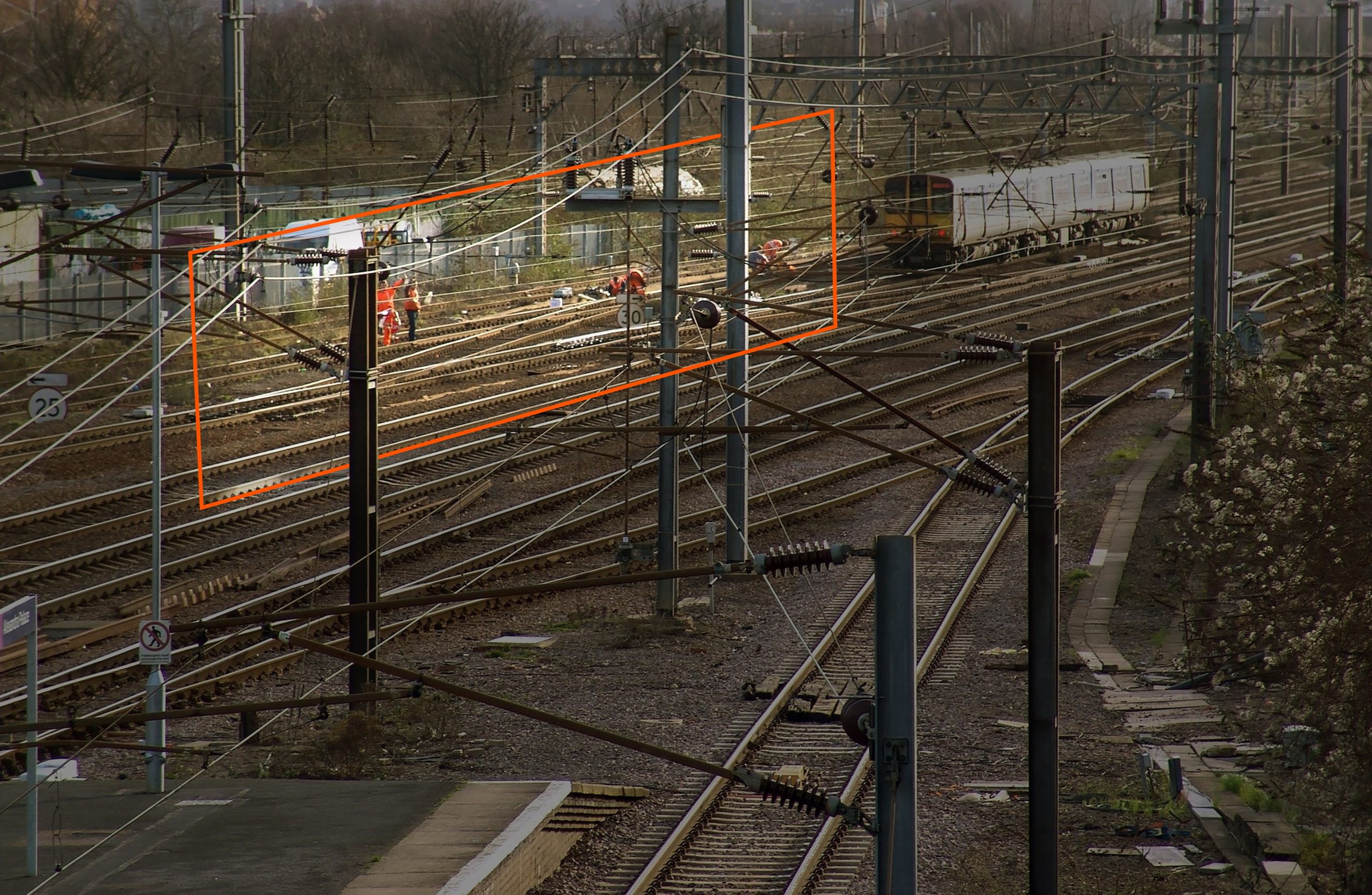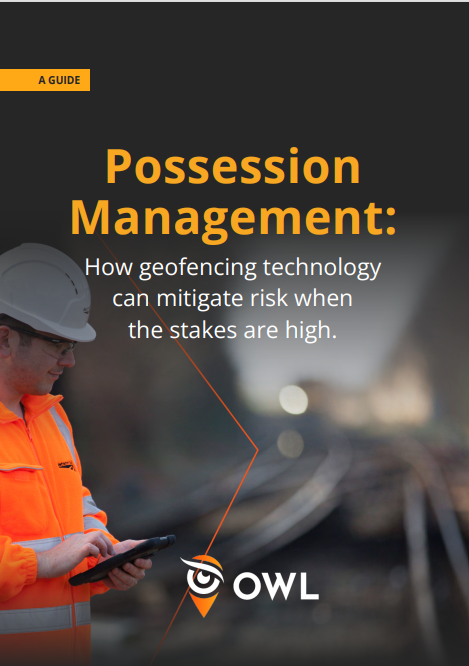Enhancing Safety by Preventing Human-Plant Interaction with Technology
The construction industry is one of the largest and most complex industries in the world, and safety is a critical issue for all stakeholders involved. Despite the efforts made to ensure the safety of construction workers, accidents, causing serious injuries and even fatalities, involving construction machinery still occur.
However, technology is now playing a crucial role in enhancing safety and preventing construction machinery-related accidents. From wearable technology and smart sensors to virtual and augmented reality training, new innovations are being developed to improve the safety of workers and prevent accidents.
In this article, we delve into the latest technologies being used to enhance safety in the construction industry. We explore the ways in which they are helping to reduce the number of accidents and injuries on construction sites.
The Scale of the Safety Challenge
Delivery construction projects safely is incredibly important, as it affects the well-being of workers, the public, and the overall success of a project. The construction industry is known to have a higher rate of workplace accidents and injuries compared to other industries, and the consequences can be severe and long-lasting.
The scale of the safety challenge is extensive, but the construction industry stands out as one of the most dangerous based on the Health and Safety Executive (HSE) statistics for fatal injuries.
Beyond the Human Impact
Geofencing as a Safety Solution

Geofencing in the context of construction safety generally refers to the creation of virtual boundaries or barriers within or around a construction site which can be linked to the position of workers or plant through the use of positioning technologies (GPS,UWB or RFID) These positioning technologies can be used to monitor the movements of workers, vehicles, and equipment within the site, providing valuable information and alerting as they come into contact with the geofences, helping to improve safety and productivity.
For example, a geofence can be used to ensure that workers and vehicles are only allowed to enter specific areas of the site where it is safe for them to do so. If a worker or vehicle enters an unauthorised area, an alert can be triggered to alert management and/or safety personnel, allowing them to respond quickly to potential safety hazards.
In addition to improving safety, geofencing can also help construction companies to optimise their operations by providing real-time data on the movement of workers, vehicles, and equipment. This data can be used to identify bottlenecks, improve traffic flow, and allocate resources more efficiently.
Supercharging Safety with OWL
Onwave has developed our own geofencing platform, OWL working alongside Customers and major works contractors, within high-profile projects to enhance worker safety.
OWL is a location-based system that uses geofencing technology to improve project safety, with benefits to productivity, security and the environment. OWL helps teams to visualise and understand their surroundings, and help enhance worker safety, these include: fixed zones, dynamic zones, lone working functionality (for vigilance checks) and Live View the ability for project managers to help spot trends and prevent accidents or incidents
Fixed Zones
Fixed zones can be configured to ensure that your machinery and workers are deployed safely, and segregated where possible. Your teams can create safe walking routes to minimise the potential of human-plant interactions on your site. Your teams can also configure zones to prevent interaction with other hazards such as overhead or buried services.
Dynamic Zones
Warn your users when they are getting too close to dangerous heavy plant. Dynamic zones can be created around plant and continually updated based on the location of an OWL Tag. Alerts can also be customised and sent to other users (such as the machine operator or banksmen) to alert them of this interaction.
Management Insights
With OWL you can immediately locate your plant on the interactive Live View map. Your team can provide field teams with all the information they need at their fingertips by attaching documents such as work permits, vehicle routes and risk assessments. Project Managers can verify plant machinery with the proper equipment or training.
Lone Working
With OWL you can easily create safety monitoring policies for individuals, ensuring that your supervisors and managers are informed in the case of an emergency, or when a worker falls or there is a lack of movement for a prolonged period. Lone workers can even be sent Auto Vigilance checks at regular intervals to confirm that they are safe throughout the day.
We’re Here to Help…
In conclusion, geofencing technology is a valuable tool for construction safety, and for good reason given the startling statistics presented above.
If you’re interested in learning more about how geofencing can benefit your construction site, why not schedule a demo today? With a demo, you can see the technology in action and get a better understanding of how it can improve your safety program. Speak to one of our team and gain valuable insights into the benefits of geofencing for your projects.













